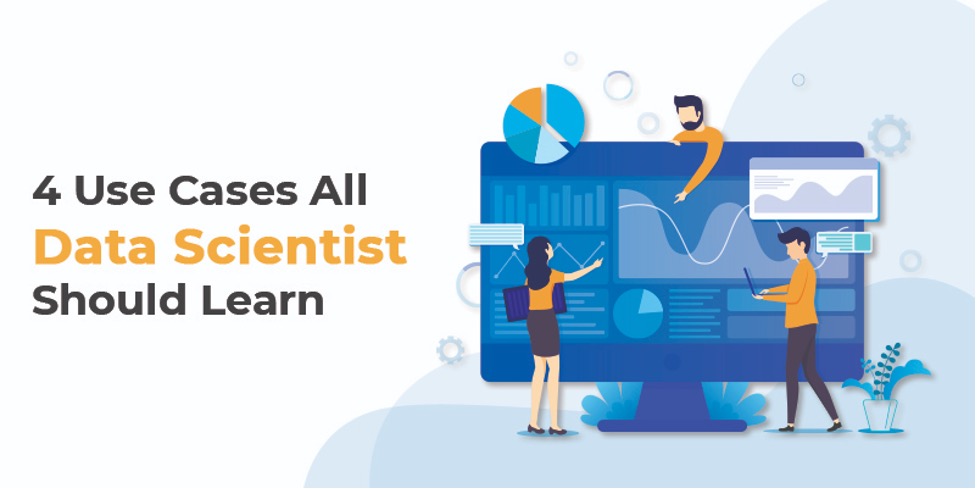Data Scientists must be aware of the different use cases that Data Science concepts could be implemented. But there are use cases that Data Scientists must learn to lead a successful professional life. The use cases we discuss here could be used in multiple industries and are not limited to a particular domain.
Data Science is still in its nascent stage that’s why companies are not adept at formulating the problem that Data Science algorithms could solve easily. But these use cases will develop over time to take newer shapes and forms for multiple industries. If any unprecedented situation arises, we can overcome it using Data Science concepts because they are scalable. If you wish to become a Data Scientist, check out this Data Science Certification. So, here are the four use cases that Data Scientists should learn.
Credit Card Fraud Detection
For this use case, a Supervised Model is used to categorize incidents to fraud and no fraud. There is sufficient data to help you determine the noise in your data set and which are real data that will help you in predicting correctly. Some important points to keep in mind before implementing algorithms in your data are:
- frequency
- place
- period
- monetary amount
- transaction information
- transaction class
Customer Segmentation
This use case specifically will use an Unsupervised learning model in which a Clustering algorithm to help with this use case. The best conventional algorithm would be the clustering algorithm known as K-Means. Unsupervised means you will not know the labels or understanding you require, but you require a pattern within your data set that shares points together.
Specifically speaking, in this use case, you wish to know patterns of customers who buy a specific product and then use this to understand the customer buying pattern and tendency. This way, you can create marketing campaigns, especially for those customers who share similar patterns. The points which you be prioritizing when you create a model using the K-means algorithm are:
- product purchased
- product position
- retailer location
- customer spending rate
- education
- income
- age
- product manufacturers
The best use of this algorithm is in the e-Commerce industry, marketing, management, etc. Learn Data Science to help you get started with the Data Science career path.
Customer Churn Prediction
Customer Churn Prediction could take the help of ML algorithms. This use case is similar to the credit card fraud detection problem. Here we collect the features of the consumer with a predefined label, more precisely churn or no-churn.
It is again a classification problem wherein the result is churn or no-churn. For this, you can use Random Forest or XGBoost. We will be using this to determine the churn rate for website visitors, business customers, service consumers, etc.
You can use several points or desirable characteristics to determine the results using the XGBoost algorithm:
- login measure and time
- date highlights
- location
- age
- product records
- the extent of product use
- product heterogeneity
- regularity in product use
- transaction-related to the product, etc.
These points or characteristics will help differentiate a customer and segment them into long-time and short-time customers. Some of the unique features like referral will help you prove the result you arrive at.
Sales Forecasting
Sales Forecasting is another big use case that Data Scientists must learn. This use case is very diverse from the other three use cases. Because it’s a forecasting transaction. It is a use case for which we can deploy Deep Learning methods to predict the future purchase of a commodity. The best algorithm used for this is LSTM or Long Short-Term Memory. Some key points you can use for solving the LSTM algorithm are:
- date
- products
- retailer
- sales outlay, etc.




